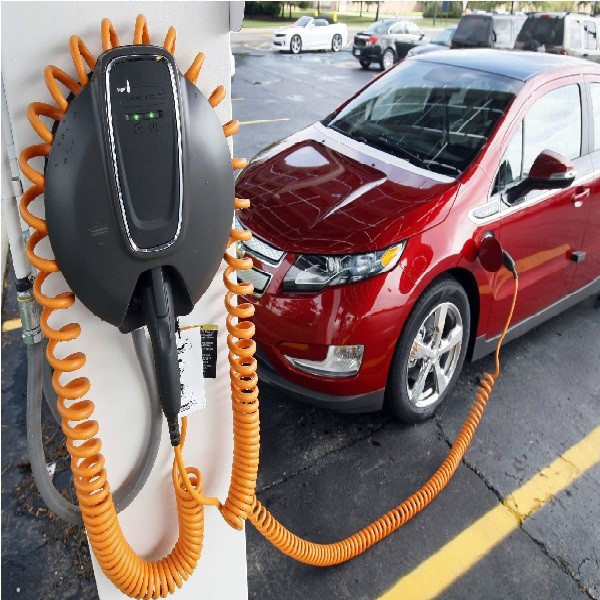The Chinese government has amended its charging standards for new-energy vehicles (NEVs), focusing on compatibility and safety, with the hopes of boosting facility construction and overall development of the sector, reported China Daily.
The amended standards, which took effect on Friday, Jan. 1, unify the charging interfaces for direct and alternating current. These are compatible with existing facilities and cars built under the old standards.
The charging interface involves an inlet in the vehicle and a plug in the charging post.
According to Tian Shihong, director of the Standardization Administration in China, the new standards guarantee compatibility between electric vehicles and charging facilities. He added that they will enhance consumer confidence in NEVs and give a boost to the industry.
Industrial data shows that charging stations across the country had 49,000 charging posts last year, an increase of 18,000 from 2014. By the end of October, there were 290,000 NEVs in China.
"Each new-energy vehicle requires at least one charging post. In contrast, six NEVs share one post at present," said Zhang Suxin, executive vice president of Volkswagen Group China. "Many charging posts are not even working. . . . There's no supervision of the fulfillment."
According to a news release, the National Energy Administration has plans to make the standards compulsory, promote upgrades and examine the compatibility of facilities.
The revised standards also improve safety in order to avoid hazards of electric shock or fire, through monitoring the temperature of equipment and the isolation and leakage of electric current.
Zheng Shanjie, deputy head of the National Energy Administration, said that the administration plans to regulate access to the charging facility construction sector, using the standards as one of the entry criteria.



























